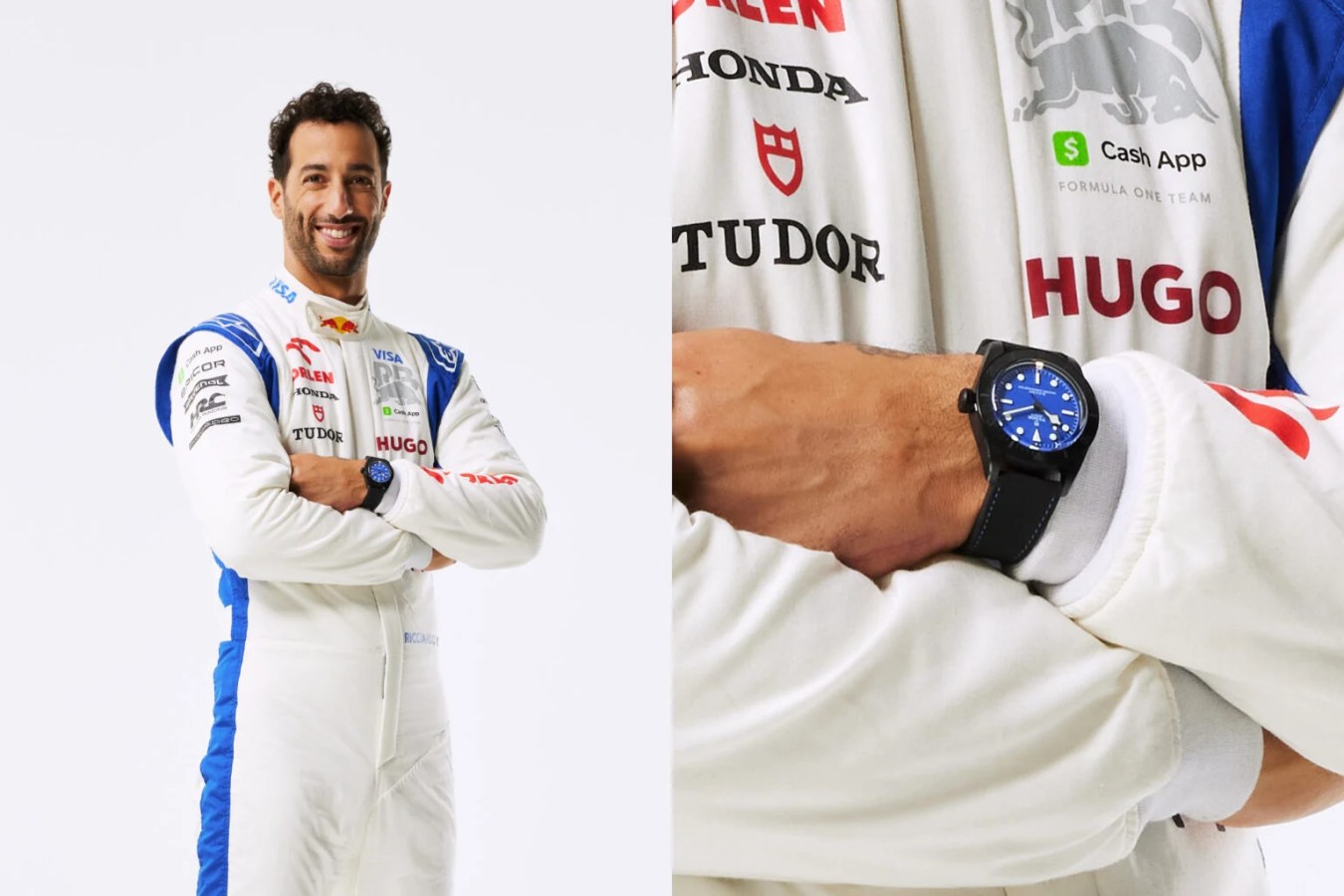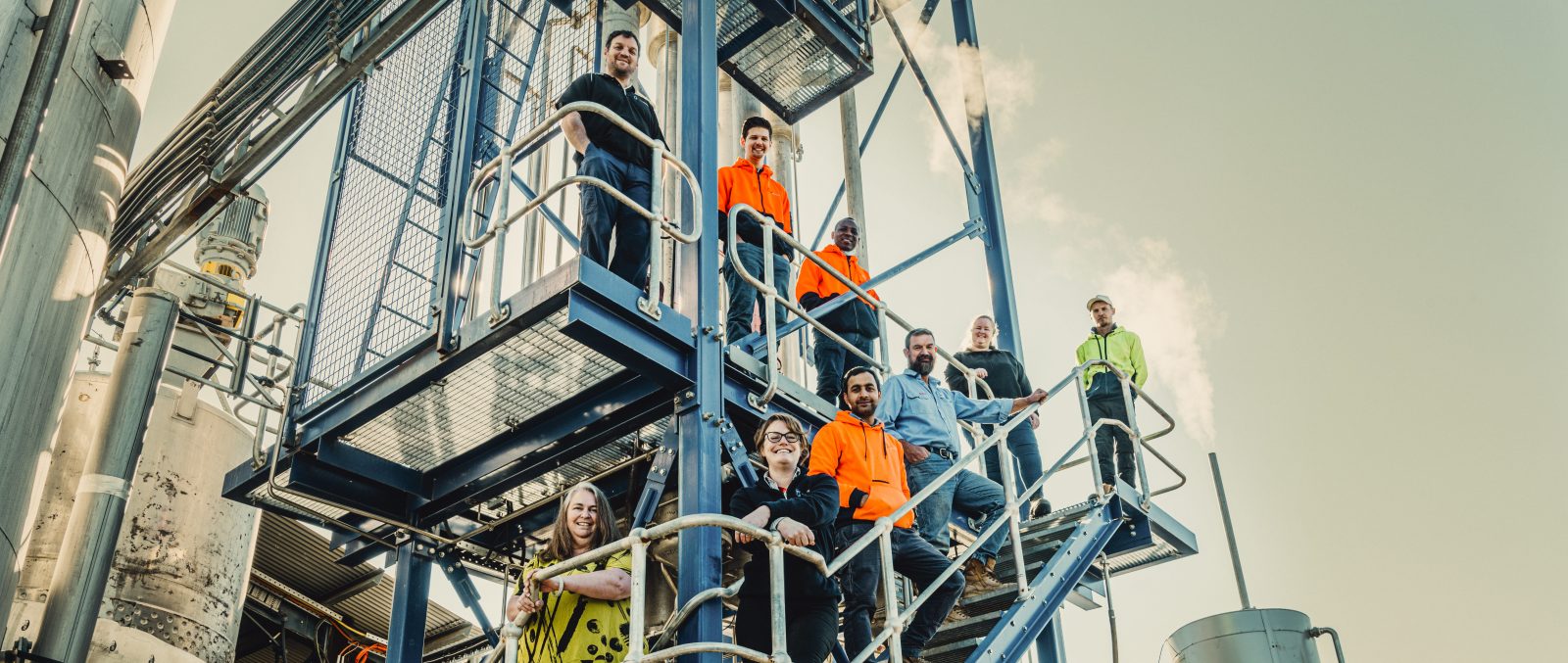The Australian Grand Prix broke a record this weekend for the highest attendance in Melbourne Formula 1 history. Fans who used their television or smartphone to watch Ferrari triumphantly cross the finish also saw F1’s impressive trackside telemetry in action. We go behind the scenes to see the operation that broadcasts the race to a global fan base of 700 million people.
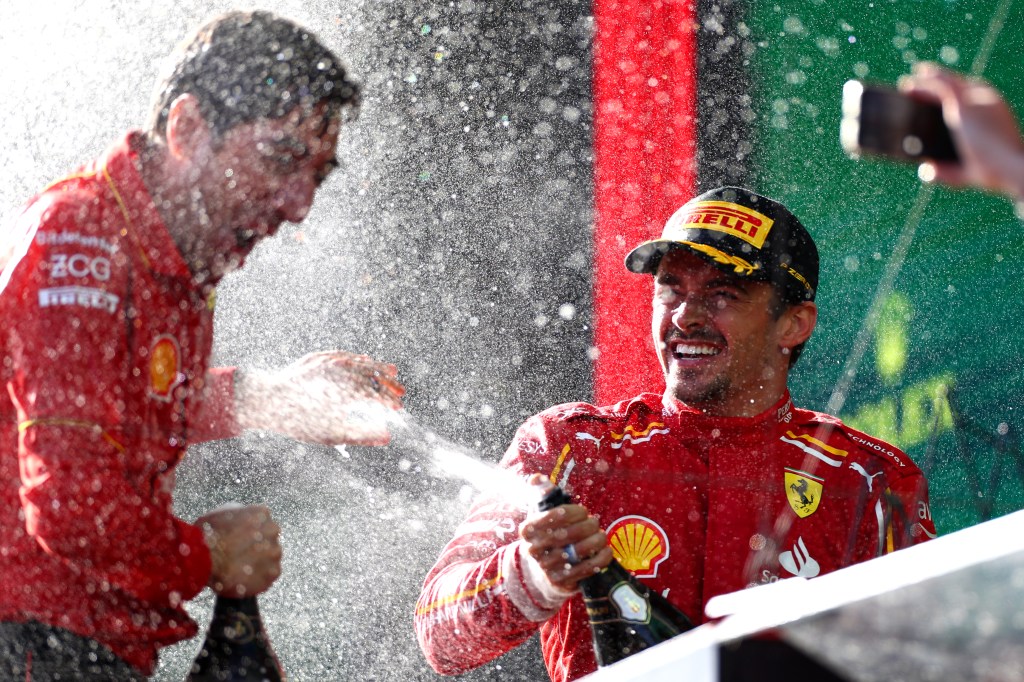
It takes three days to assemble the Event Technical Centre (ETC) at each F1 racetrack. The ETC is the heart of the broadcast operation, feeding 500 terabytes of audio and video data to F1 headquarters each race weekend.
Forbes Australia had an inside look at the temporary broadcast operations centre at the Albert Park racetrack over the weekend. Some 80 separate feeds of video and audio are sent from the racetrack to F1 broadcast headquarters at Biggin Hill in England, via fibre optic cable.
From there the feeds are produced into broadcast-quality content – that includes graphics, audio, and opening titles – and sent back to the racetrack communications centre within 350 milliseconds. Australia’s Channel 10 and other F1 broadcast partners then take the switched broadcast and beam it into audience homes and devices across the world.
Lenovo is one of the F1 partners that makes the dazzling broadcast – that features 80 camera angles, as well as audio from the track, pits, and finish line – possible.
“It is a lot of data that is being processed and stored, about 500 terabytes each race weekend. That is what we help with as a technology sponsor for F1,” says Silke Barlow, Lenovo‘s country general manager for Australia.
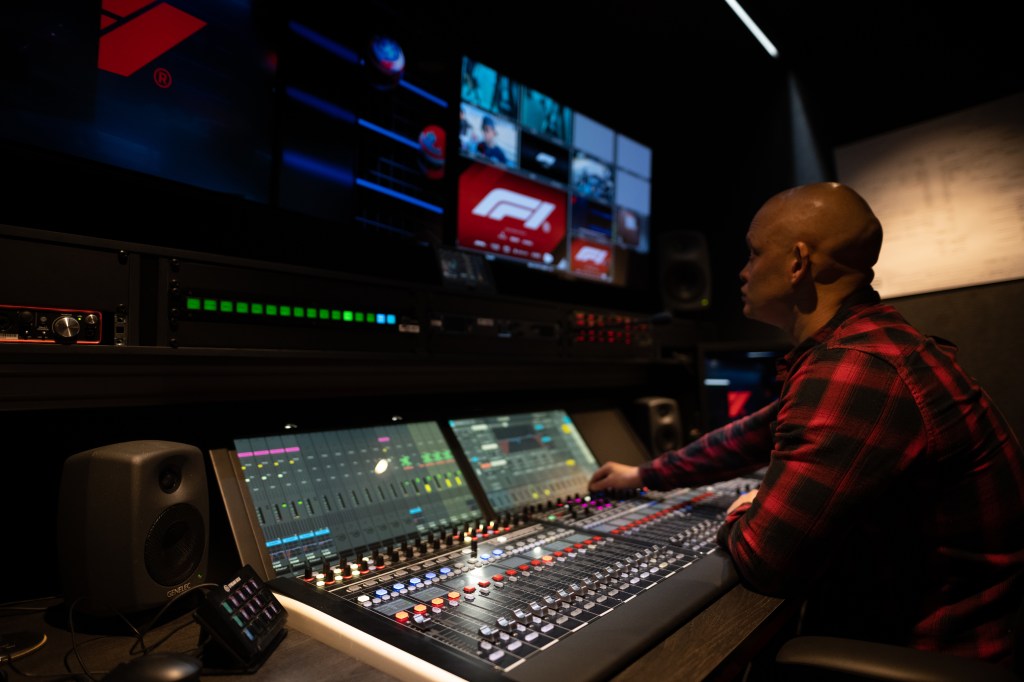
Lenovo signed on as a global F1 sponsor in 2022 with a goal to enhance the overall fan experience for the already thriving sport.
There are multiple cameras in each of the 20 cars that participate in F1, 25 cameras around the Albert Park track, and a gyro heli-cam for aerial shots. Microphones are also placed on the racetrack to capture the audio roar of the cars that can be mixed into the broadcast feed.
“Formula One is the most tech-heavy sport that I know of. It is just mind-blowing, the innovation, the passion, the speed, the technology, it is just such a great fit with Lenovo’s technology passion and innovation focus,” says Barlow.
The Lenovo F1 partnership covers broadcast operations, data collection, computer servers and hardware, as well as consulting support.
The Beijing-headquartered tech company is working with F1 to push the tech frontier forward, with announcements expected soon regarding incorporating AI into the processes, and new ways to use augmented reality to engage fans.
Chris Roberts is the IT director at Formula 1. He says that bringing the broadcast to millions of viewers around the world, from a different location each race weekend, is a complex task.

“Lenovo infrastructure is the backbone of that platform. From a purely hardware and technical perspective they deliver every time,” says Barlow.
“We have to have a kit that travels globally around the world. Sometimes we are shaking that kit with high vibrations. It is frozen. It is cooked on the tarmac. And then we ask that kit to work, every time, when we turn up.”
F1 shifted the way it executes its broadcast in 2020. The organisation had planned to transition more of the broadcast operations to take place at its ‘homebase’ at Biggin Hill, instead of remotely at the racetrack. However, the pandemic expedited those plans.
“Providing a more innovative and efficient broadcasting output was a key feature of our wider sustainability plan, as we looked to reduce resource and global emissions. Due to the extreme travel restrictions imposed by COVID, this became a priority for change. In just eight weeks, Formula 1 accelerated delivery of a plan to introduce Remote Operations that was scheduled to take two years,” a statement on the F1 website reads.
“The majority of the processing and publishing systems have moved from the ETC at the race, to the RTC at the Media & Technology Centre, including replays, remote racking, and colour correction of all broadcast cameras.”
Doing more at Biggin Hill means that less equipment and fewer personnel need to be flown to each racetrack.
“We have reduced travelling staff by 36% and freight by a third, eliminating around 70 tonnes of freight being taken to every race, making a step-change impact on our logistics emissions over a whole season,” an F1 statement reads.
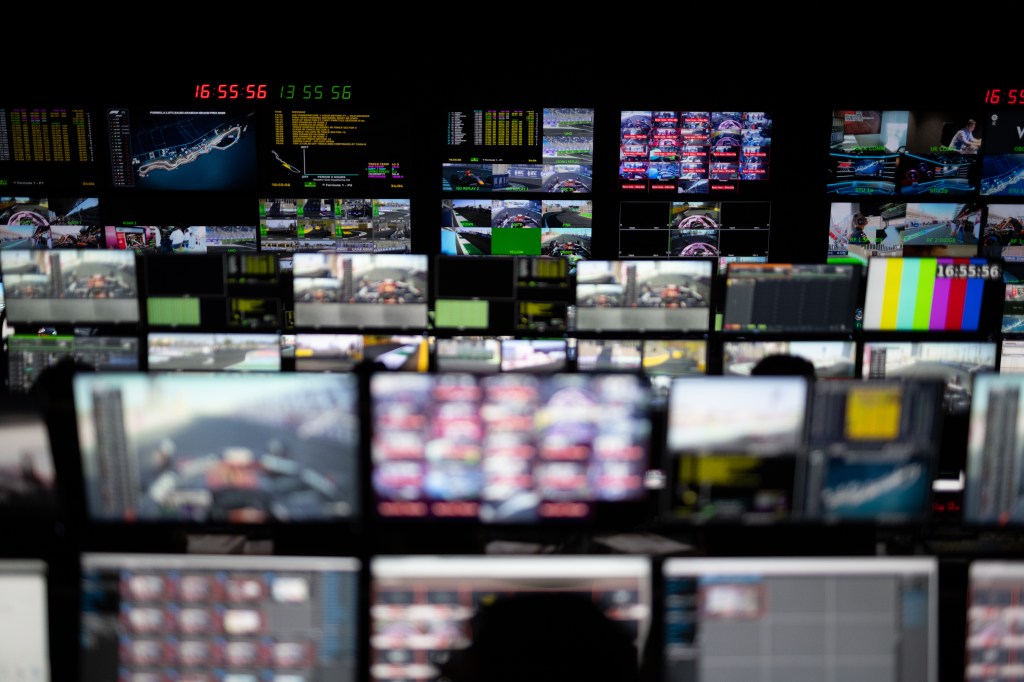
F1 Tech Centres By The Numbers
Event Technical Centre – on racetracks throughout the F1 circuit
- 470 pieces of equipment
- 90 cameras
- 147 microphones
- 50 miles of cable
- Capturing 430 hours of live TV per season
Remote Technical Centre – Biggin Hill, England
- 150 bespoke software systems
- More than 4-million lines of code
- 1268 computers
- 4700GHz of processing power
- 4.5TB of RAM
- Around 150TB of storage
- 2160 units of equipment
- 415 monitors
- 53 operational positions, each with an intercom panel and personal headset
Look back on the week that was with hand-picked articles from Australia and around the world. Sign up to the Forbes Australia newsletter here
